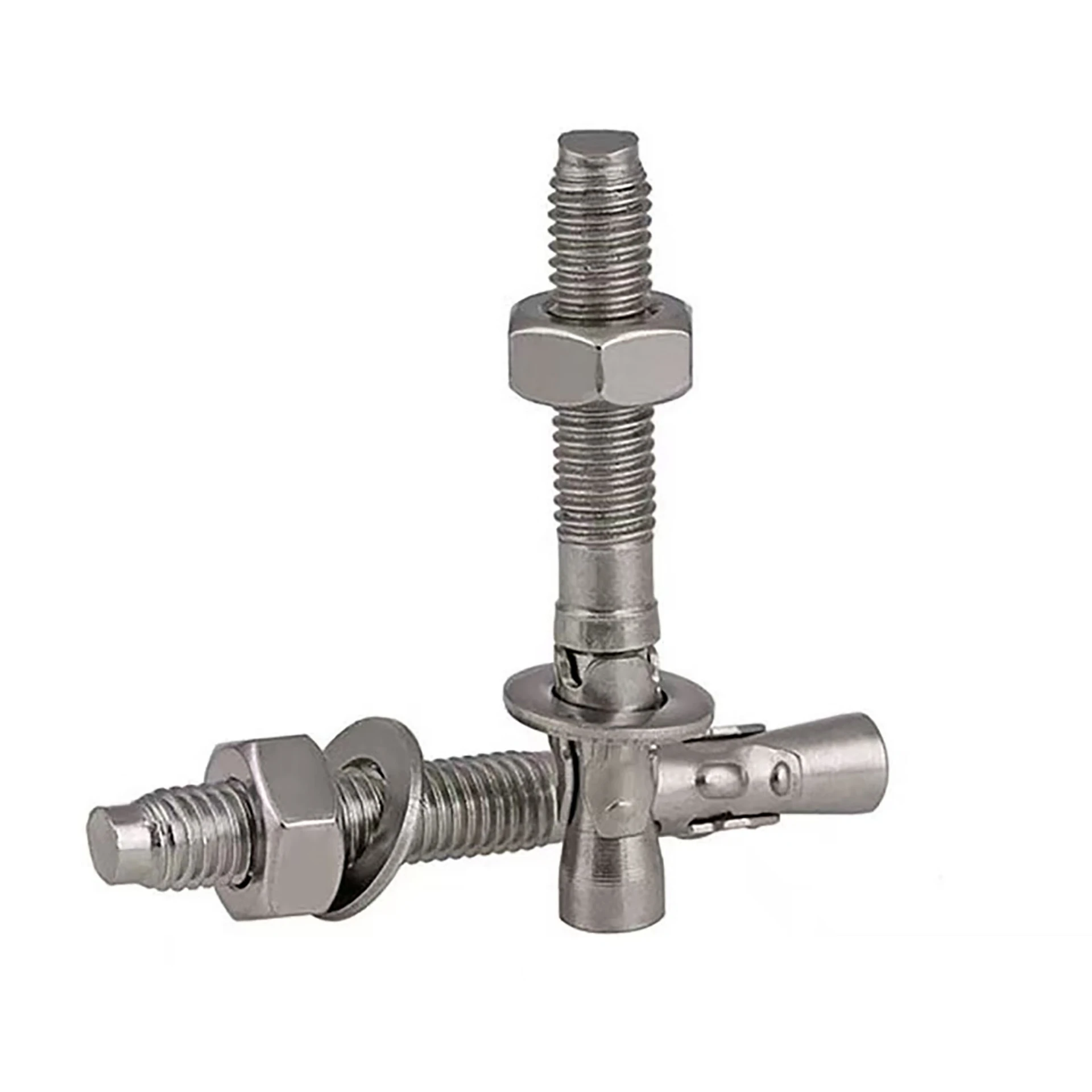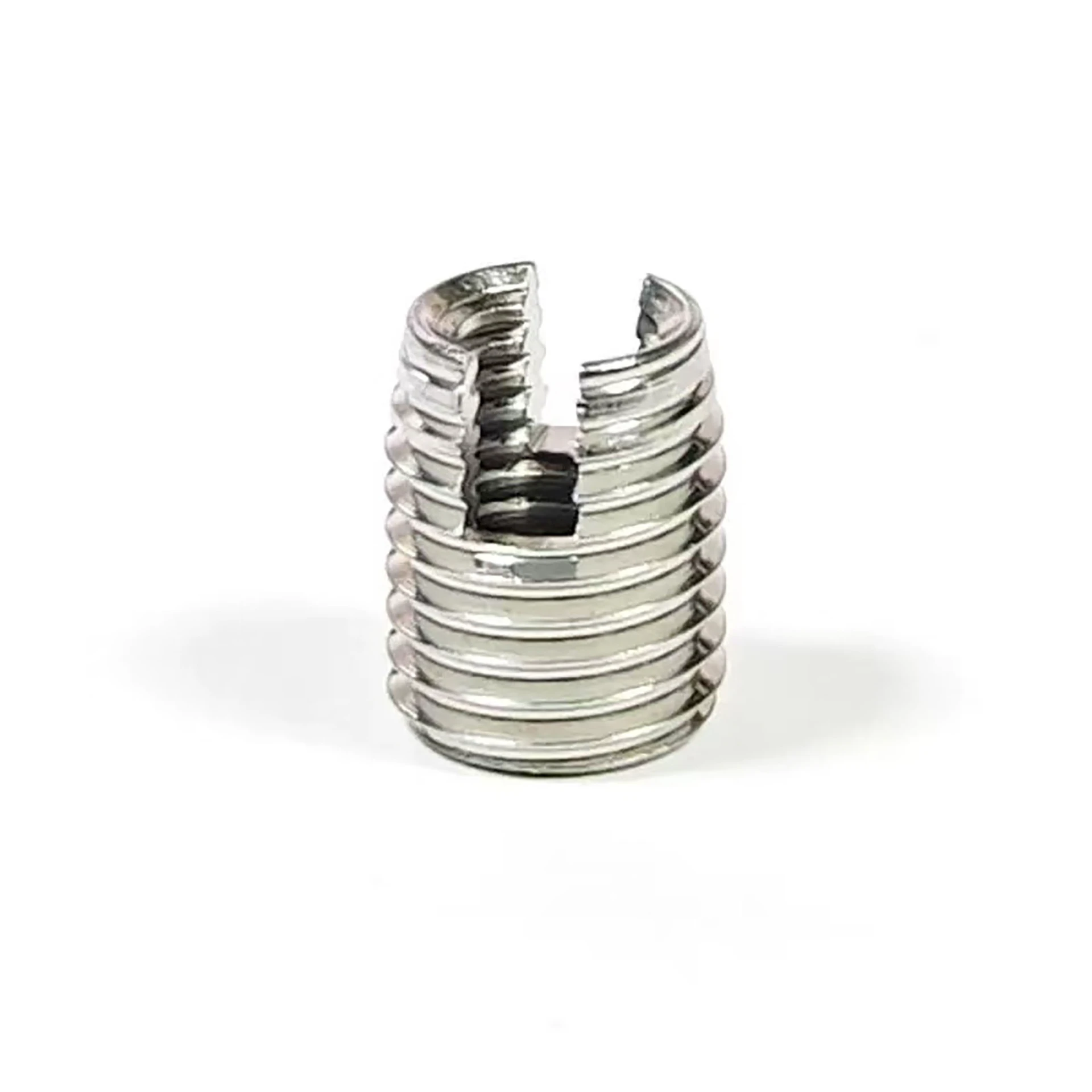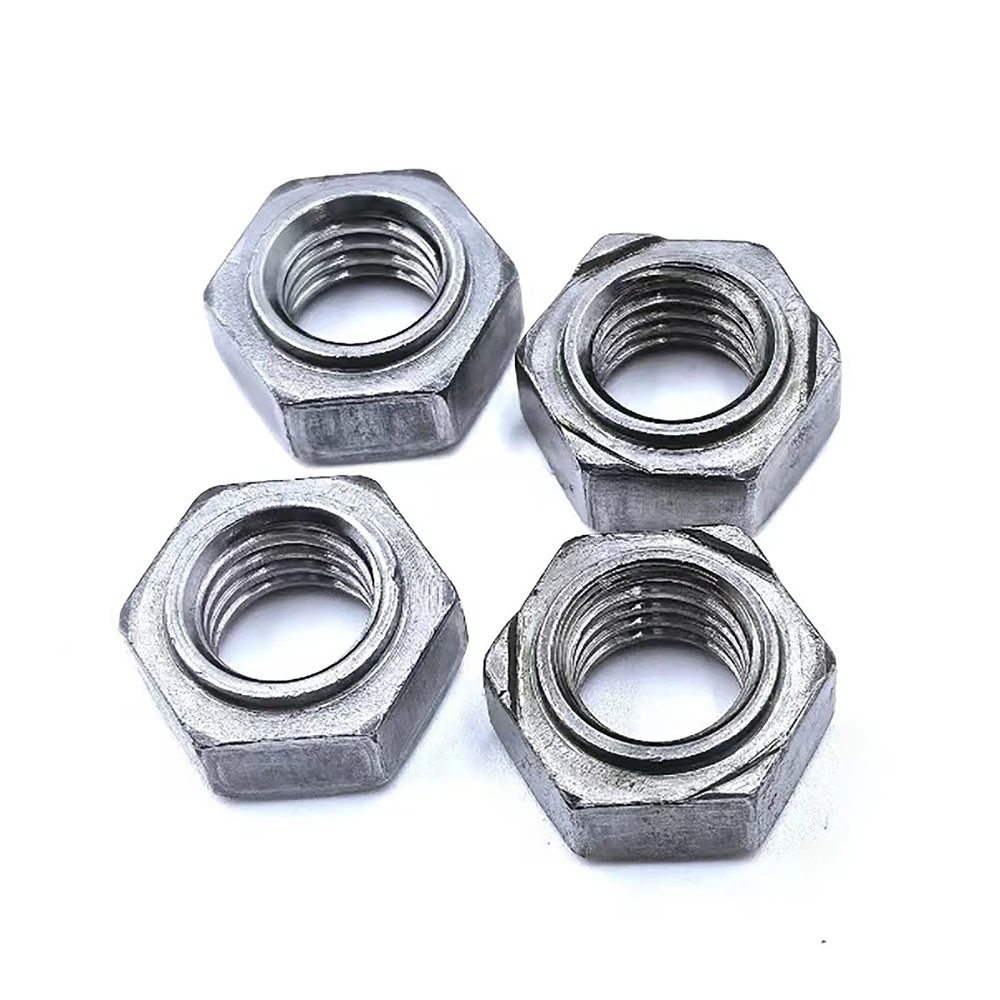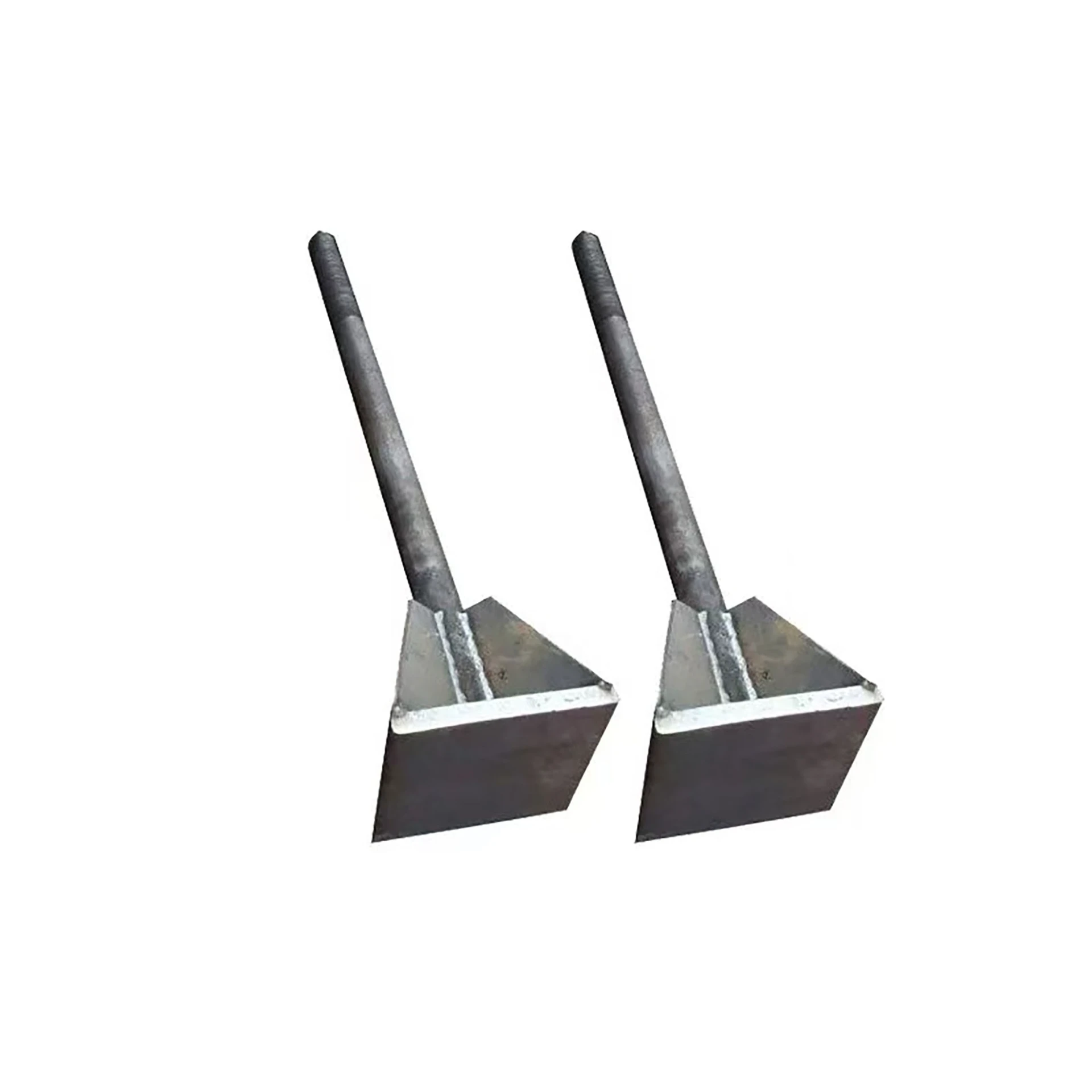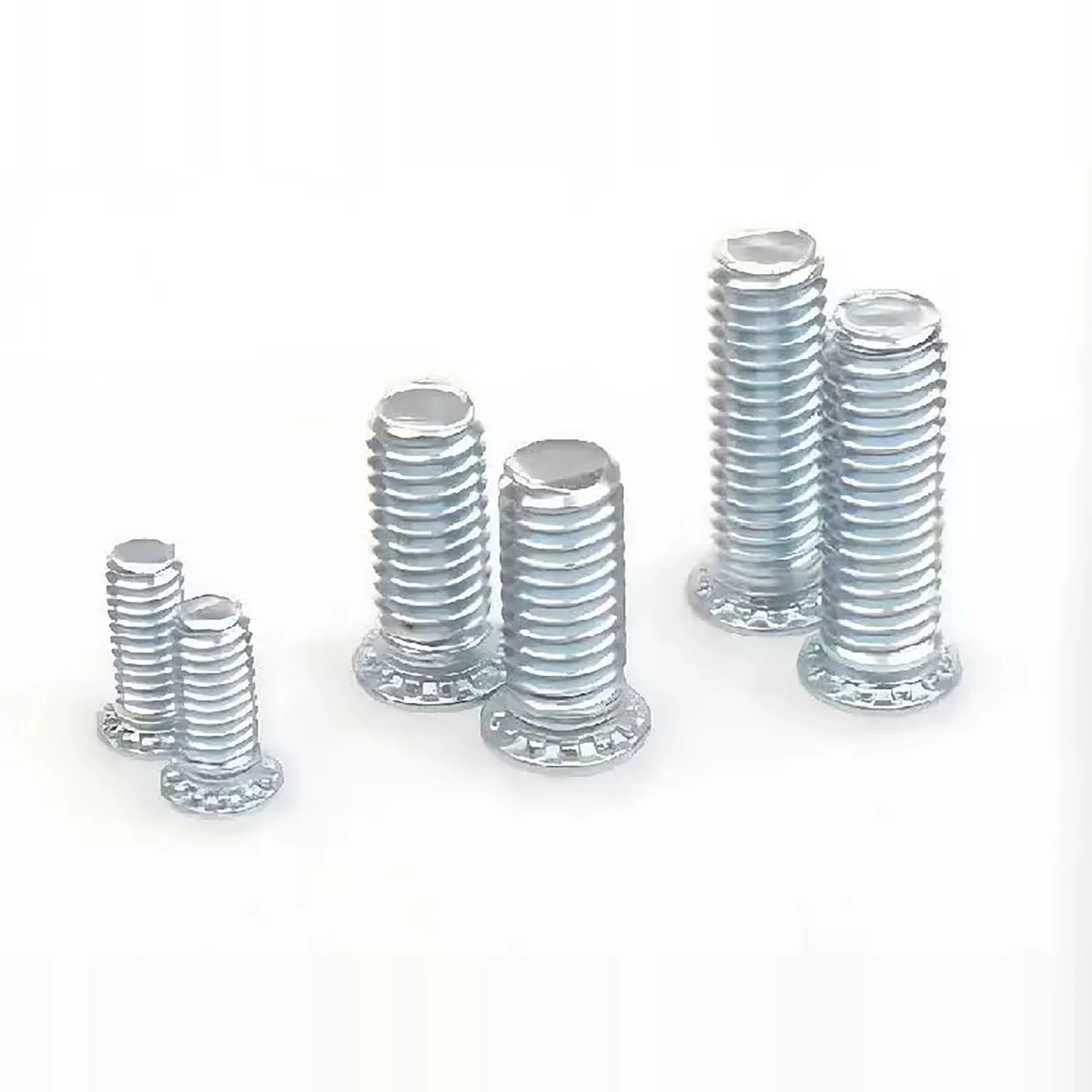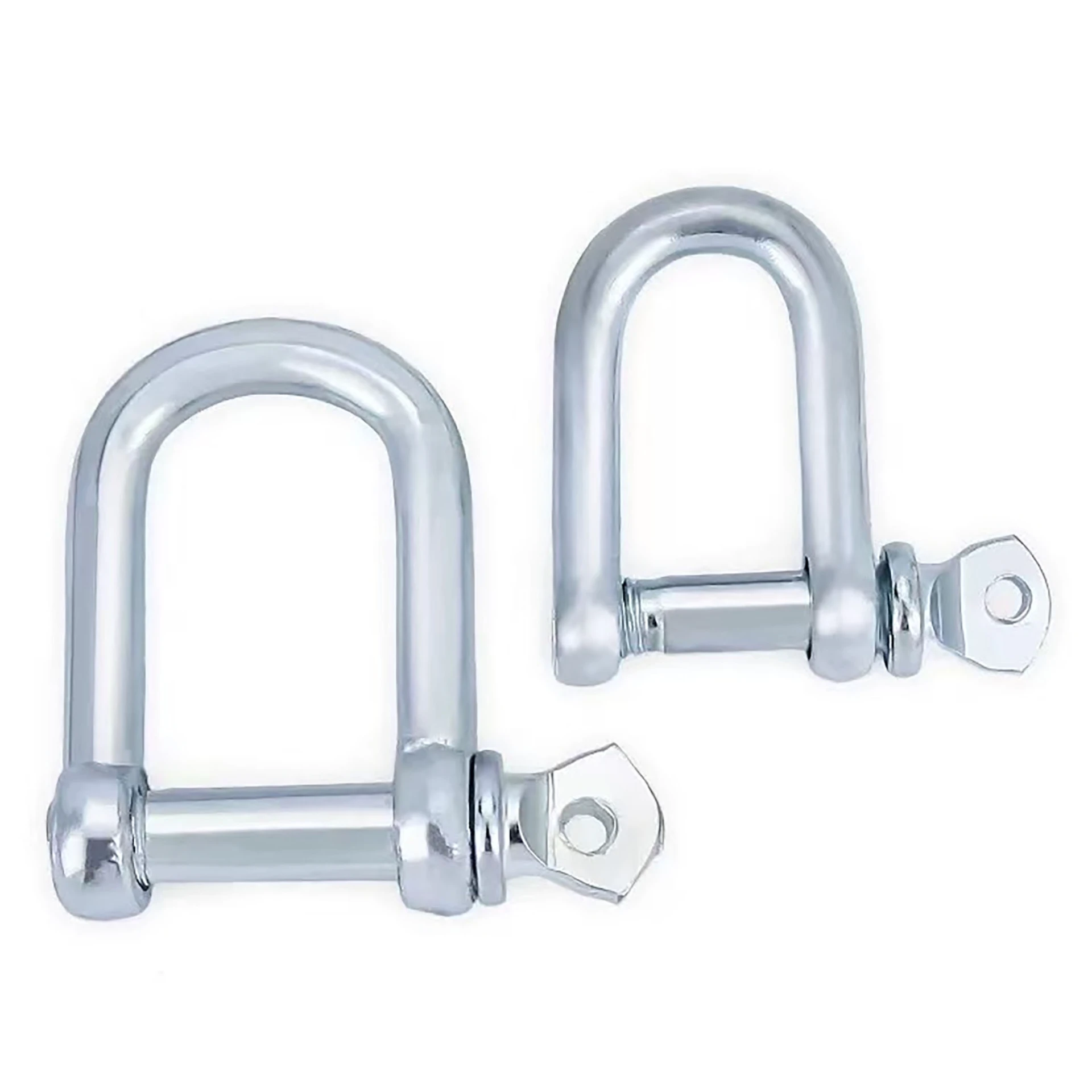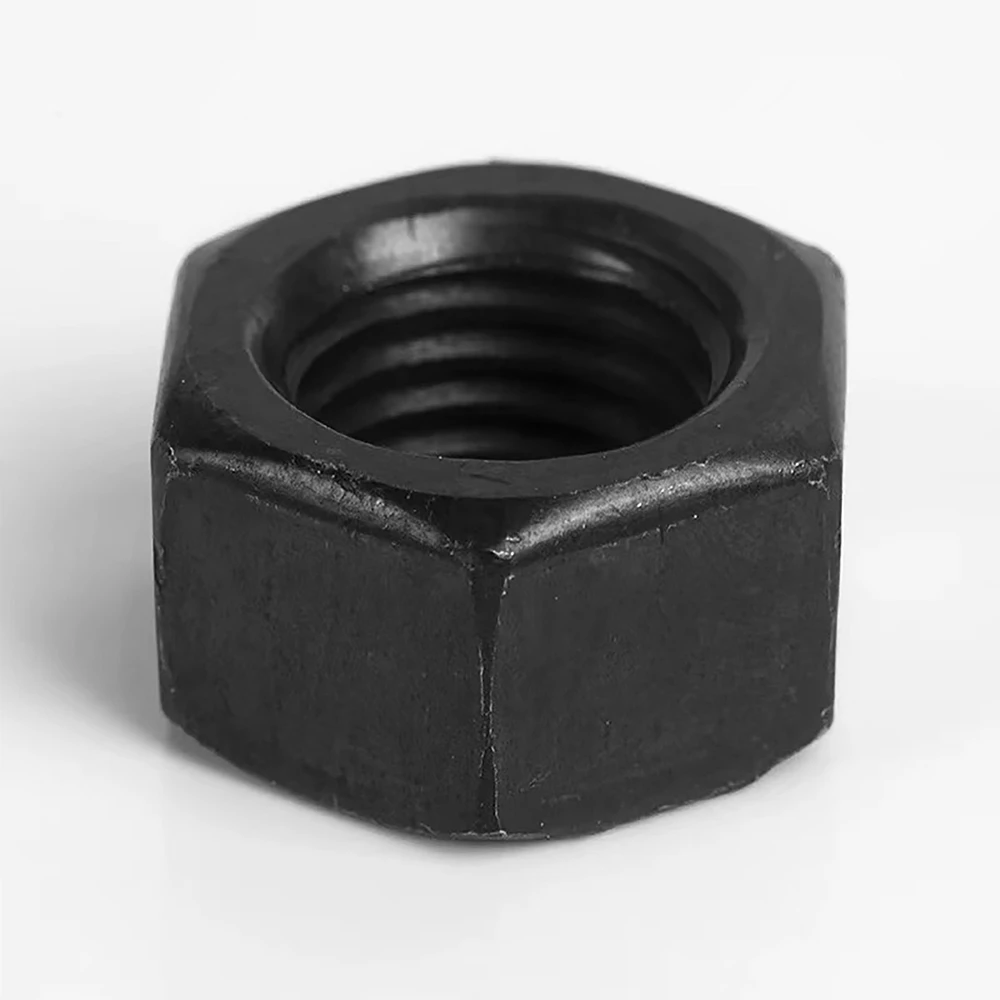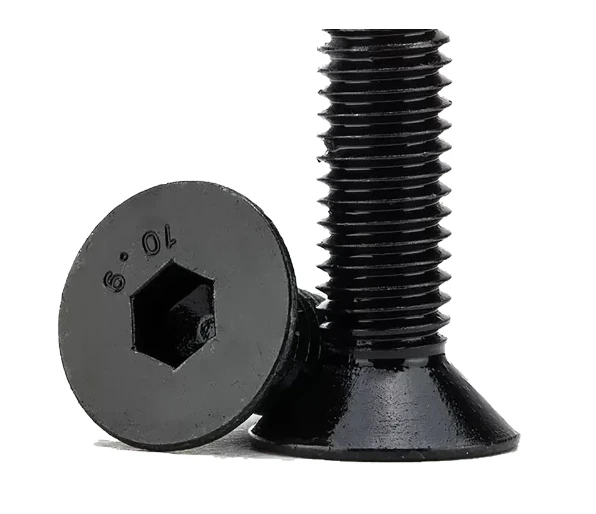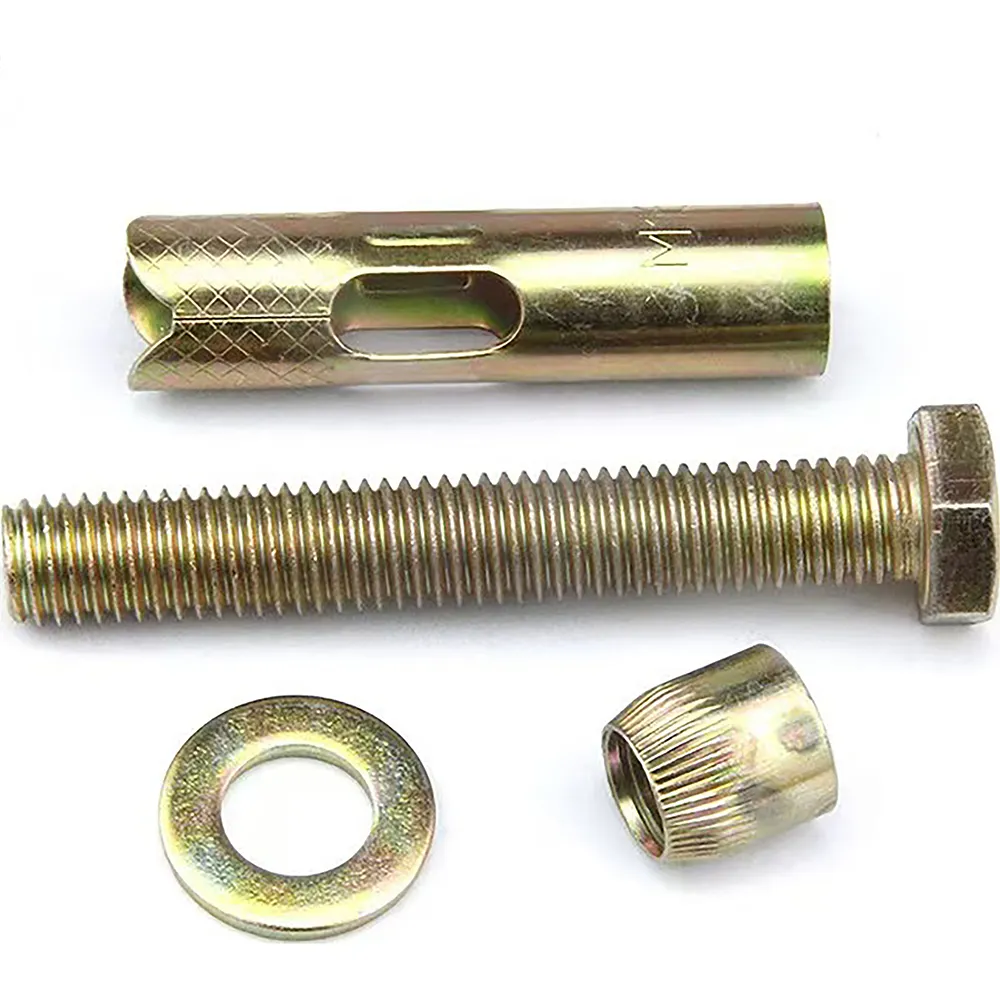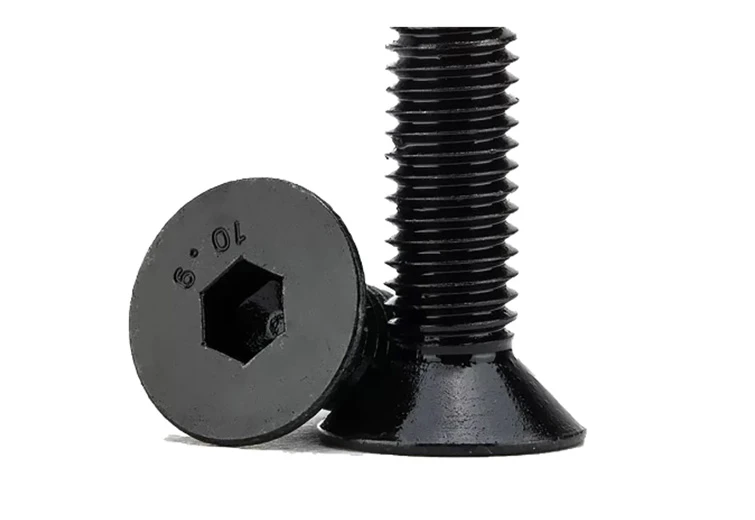Hex Head Captive Screw - Durable, Customizable Fasteners for Industrial Use
Hex Head Captive Screw: Why This Small Component Carries Global Weight
These days, when you hear "hex head captive screw," you might picture a little metal piece not much bigger than a fingernail. Yet, despite its modest size, this component plays a crucial role in industries worldwide. From aerospace to electronics, ensuring the integrity and safety of assemblies depends on reliable fastening solutions—and the hex head captive screw ticks most boxes.
Understanding this tiny hero is more than technical trivia. It’s about global quality, safety, and sustainability gains—stemming from an often-overlooked component. In fact, according to ISO standards on fastening components, over 70% of assembly failures relate to improper screws or their misuse. That makes knowing your captive screws pretty important, globally speaking.
Understanding Hex Head Captive Screws: What Are They, Really?
At its core, a hex head captive screw is a type of fastener designed to stay captive within a panel or an assembly, even when loosened. The 'hex head' simply refers to the shape of the screw’s top, which fits a hex key or wrench.
What sets this screw apart is its captive nature—it doesn’t fall out even when undone, preventing loss and simplifying maintenance. This is especially handy in tight spaces or environments where losing small components could delay critical repairs. Oddly enough, industries ranging from railways to medical device manufacturing count on these for safety and efficiency.
Mini takeaway:
Simply put, hex head captive screws keep your assemblies secure, accessible, and loss-proof—qualities that matter a lot when failure is not an option.
Key Characteristics That Make Hex Head Captive Screws Stand Out
1. Durability Under Stress
These screws often face harsh environments: extreme temperatures, vibrations, and exposure to corrosive substances. Most hex head captive screws are made of stainless steel or treated alloys that resist corrosion and fatigue, ensuring long-term reliability. For example, aerospace components require screws that won’t degrade mid-flight (yes, that happens!).
2. Ease of Maintenance
The captive design means technicians don’t have to fret about missing screws during inspections or servicing. It saves minutes that add up to hours across large operations. Imagine maintaining hundreds of devices without losing a single screw—game changer for efficiency.
3. Cost Efficiency
Though they might cost a bit more initially than standard screws, the long-term savings from reduced downtime, fewer replacements, and less inventory overhead make captive screws a smart buy.
4. Safety and Compliance
In regulated industries like healthcare and defense, compliance with standards such as ISO 7089 (hexagon socket screws with captive features) is mandatory. Hex head captive screws often help manufacturers tick those boxes, avoiding costly recalls or fines.
5. Customizability
Manufacturers offer various finishes, lengths, and threading options tailored to specific assembly needs. For instance, in electronics, you might see miniature-scale captive screws designed to fit compact devices without compromising strength.
Mini takeaway:
Durability, safety, cost savings, and ease of use explain why engineers swear by hex head captive screws across projects big and small.
Where in the World Are Hex Head Captive Screws Making a Difference?
Their applications span continents and sectors:
- Automotive assembly plants in Europe use captive screws extensively to speed up quality control without risking lost hardware.
- Medical device manufacturersin North America rely on them for tool-less servicing of sensitive instruments.
- In Asia’s industrial zones, their resistance to corrosion is vital for high-humidity factories.
- Post-disaster relief efforts deploy modular shelters that depend on captive screws to ensure quick rebuilds without lost fasteners – crucial when time and resources are limited.
In fact, a mid-sized electronics producer in Japan reported reducing assembly errors by 40% after switching to hex head captive screws—a reminder these little parts influence big outcomes.
Advantages of Using Hex Head Captive Screws: The Long-Term Payoff
Beyond the obvious mechanical benefits, there are subtler, but no less important, perks:
- Environmental impact: Reduced fastener loss lowers waste, supporting greener production cycles.
- Worker safety: Preventing loose screws decreases hazards inside machinery.
- User confidence: For consumers of medical or aerospace tech, knowing components won't come undone boosts trust.
- Innovation catalyst: With reliable fastening, designers push boundaries in compact device engineering or rugged vehicle builds.
Hex Head Captive Screw: Typical Specifications at a Glance
| Specification | Details |
|---|---|
| Head Type | Hexagon drive (hex key compatible) |
| Material | Stainless steel (304, 316), Alloy steel |
| Thread Type | Metric & imperial variants, fine & coarse threads available |
| Finish | Passivated, zinc-plated, black oxide |
| Operating Temperature | -50°C up to 150°C (varies by material) |
| Dimensions | M2 to M12 diameters; lengths 6mm to 50mm |
Industry Leaders at a Glance: Vendor Comparison
| Vendor | Product Range | Customization Options | Lead Time | Price Level |
|---|---|---|---|---|
| FastenBoen | Extensive (sizes M2-M12, materials, finishes) | Full customization on thread type & coating | 2-4 weeks | Mid-range, volume discounts |
| EuroFast Solutions | Focused on medical & aerospace-grade fasteners | Limited customization | 3-6 weeks | Premium pricing |
| AsiaTech Fasteners | Broad but mostly standard specs | Custom lengths only | 1-3 weeks | Budget-friendly |
Looking Forward: Innovations in Hex Head Captive Screw Technology
With the push toward sustainability and automation, new trends are reshaping how these small giants perform. For one, manufacturers increasingly use bio-based or recycled materials in screw coatings to reduce environmental impact. Secondly, digital transformation means fasteners now sometimes come embedded with tiny RFID chips or QR codes—for real-time tracking and inventory management.
Also, additive manufacturing (3D printing) lets companies prototype custom captive screws rapidly, cutting product development times drastically. Who would’ve thought a humble hex head screw could get a 21st-century tech upgrade, right?
Common Challenges & How the Industry Addresses Them
Certainly, no product is perfect:
- Captive screws sometimes have limited torque capacity compared to standard screws—meaning in high-stress applications, engineers must opt for substitutes or reinforced designs.
- Custom parts often mean longer lead times, which can bottleneck urgent projects.
- Material sourcing (for high-grade alloys) occasionally faces supply chain hiccups.
To tackle these, companies like FastenBoen invest in R&D to improve alloy strength while optimizing manufacturing processes to shorten lead times. Additionally, growing global standards harmonization ensures better material availability worldwide.
FAQ: Frequently Asked Questions About Hex Head Captive Screws
- Q: How do hex head captive screws improve maintenance efficiency?
- A: Their captive design means screws stay attached to the panel even when loosened. This prevents loss during disassembly, reduces time spent locating dropped screws, and streamlines the maintenance process—especially in tight or hazardous environments.
- Q: Are hex head captive screws suitable for outdoor industrial use?
- A: Absolutely. When made from corrosion-resistant materials like 316 stainless steel and finished with protective coatings, they withstand harsh climates including humidity, salt spray, and temperature fluctuations common in outdoor settings.
- Q: Can these screws be customized for unique applications?
- A: Yes. Suppliers offer tailored lengths, thread pitches, and finishes to fit specific design needs, making them versatile for everything from compact electronics to heavy machinery.
- Q: How does switching to captive screws affect project costs?
- A: Though unit costs may be higher, the reduction in lost parts, quicker servicing, and increased reliability generally produce significant savings over the product lifecycle.
- Q: Where can I source high-quality hex head captive screws?
- A: Trusted vendors like FastenBoen specialize in these fasteners, offering extensive product lines and customization options to meet diverse industry standards and delivery timelines.
Wrapping Up: Why Paying Attention to Hex Head Captive Screws Pays Off
It might surprise some that such a small component can impact broad sectors—from aerospace safety to humanitarian relief shelters. But in real terms, the right screw can make the difference between smooth operation and costly downtime. If you want to level up your assemblies with efficient, durable, and easy-to-maintain fastening, exploring the world of hex head captive screws is a smart step.
For engineers, manufacturers, and purchasers curious to learn more or source reliable captive screws, I recommend visiting FastenBoen’s website for detailed catalogs, customization guides, and expert advice.
After all, innovation starts with getting the basics right—and sometimes the basics are pretty tiny.
emai:
mary@fastenboen.com
References
Who We Are: The Right Fastener Partner for Global SMEs
Handan Boen Fastener Manufacturing Co., Ltd. (Est. 2010) specializes in producing standardized industrial fasteners, including bolts, nuts, washers, and other essential components. We provide cost-effective for small and medium-sized buyers in industries such as automotive parts, agricultural machinery, and construction.
